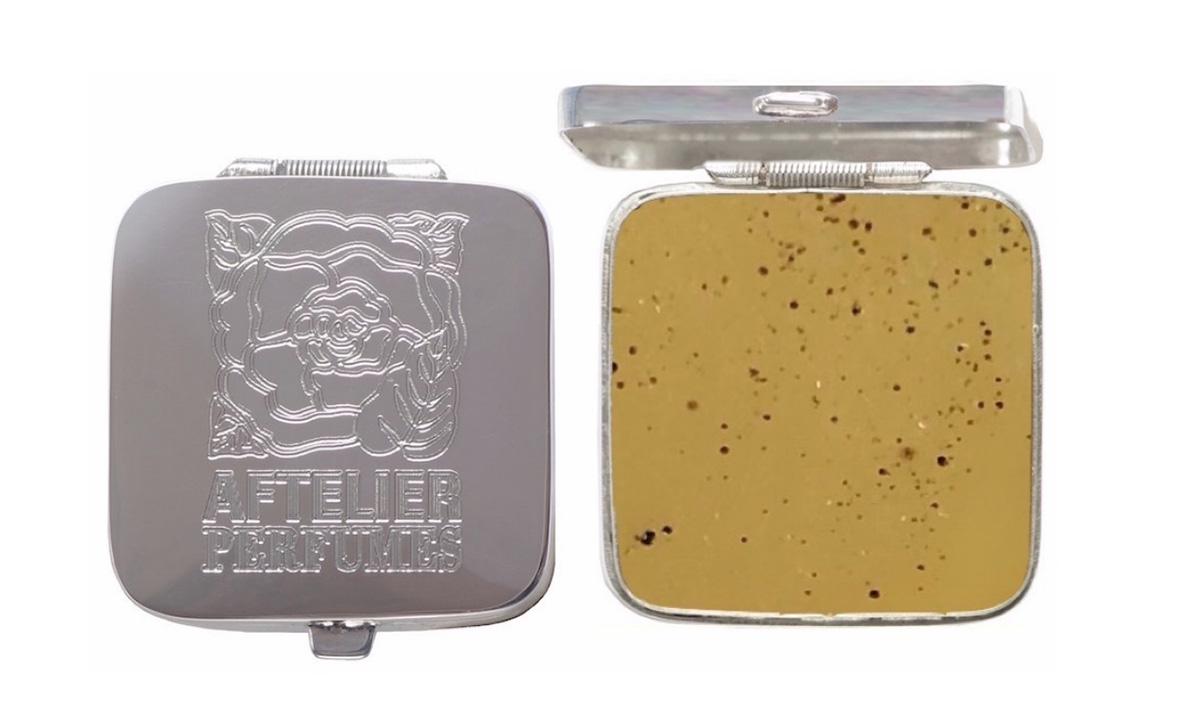[unable to retrieve full-text content] Angel Nova smells like raspberries, ripened to the maximum…
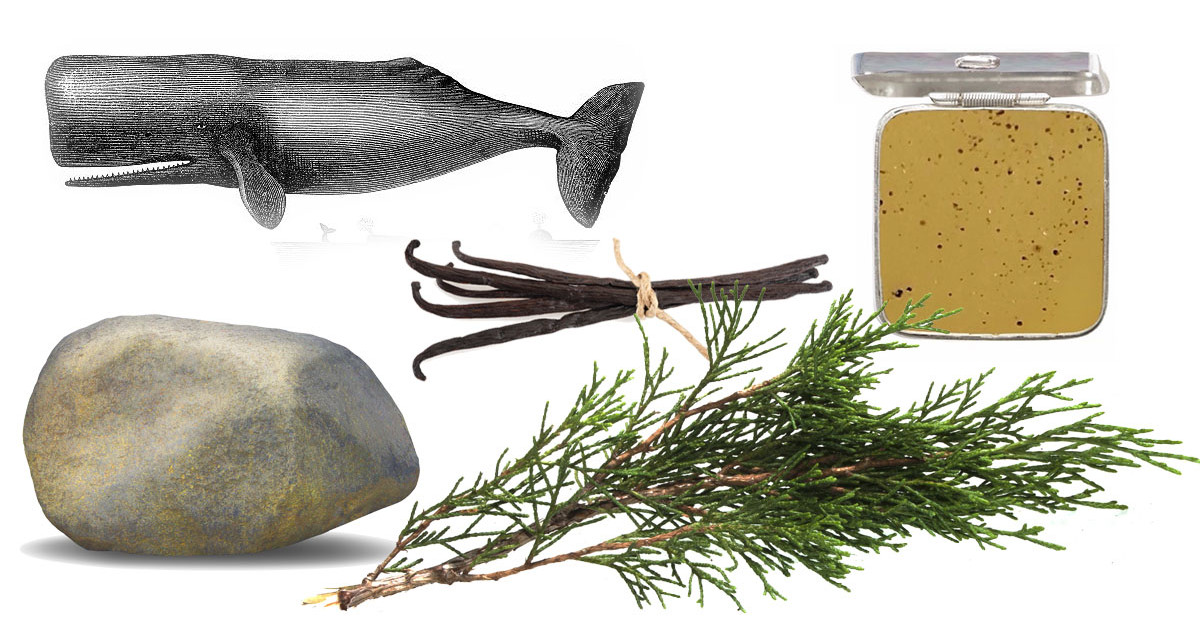
To a Distant Sea with Aftelier Perfumes' Antique Ambergris
There is a lot of lore associated with ambergris, enough that one can be carried away with its history. Academic and popular investigations have surfaced to trace its impact on our imaginations, its importance in perfume history. All parts of the whale somehow made their way into the homes and lives of people worldwide, particularly in the great age of whaling, down to whalebone knitting needles and whale oil in storm lanterns. There may be no perfume ingredient so mysterious, so deeply entrenched in our sea of collective memory than ambergris. It also lingers with us since it’s expelled from the whale with no intervention of humans, and thereby without the hunting associations of much of other whale culture. Noted perfumer and historian Mandy Aftel has tapped into this rich cultural preserve when creating her latest perfume, Antique Ambergris.
I’ve been wearing this perfume on a number of occasions recently, rather purposefully. I am in the process of buying a house which is only yards from Narragansett Bay in Rhode Island, and the timing of receiving this sample is all too apt. I’m surrounded by whaling lore, from the artifacts that can be seen at the Peabody Essex Museum in Salem, MA, to the scruffy shores of Nantucket Island slight south and west mentioned in Melville’s Moby Dick. Ambergris was (and continues to be) held in the same realm of respect and wonder as many a mariner in the nineteenth century did. They were mammoth beasts that had immense power – even whalers themselves believed this.
Aftel made a conscious decision to name this perfume “Antique Ambergris,” because it refers to a venerable bottle of hundred-year-old Ambreine from Dodge & Olcott that she has in her Archive of Curious Scents in Berkley, California. A friend was so taken with the loveliness of this smell that she decided to make as accurate a recreation of it as possible. The resulting perfume is an exquisite time capsule with historic overtones, presenting the intrigue of ambergris in a way that enlarges its natural nuances and allows them to rise to the surface as continents on an intricate olfactive map. Intuitively understanding ambergris’ complexity, the perfume reflects the sensation of a substance that seems to shift in time and space right in front of you.
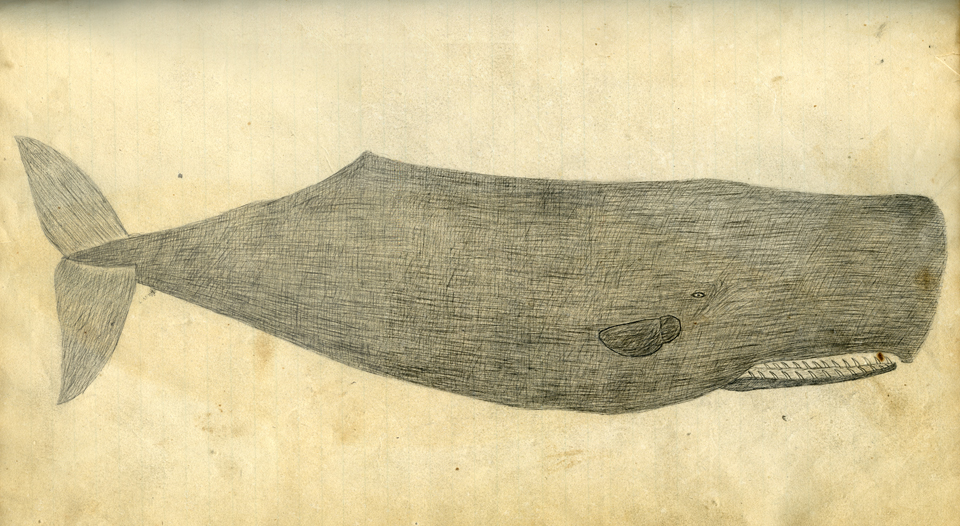
Drawing of a Sperm Whale, Seaman Benjamin Rush of Warren Rhode Island, Approximately 1841, from the collection of the New Bedford Whaling Museum, New Bedford, MA.
On its own, it’s very hard to describe ambergris. First, we rarely smell the actual thing, mostly instead they are attempts at recreation. Second, it can smell very different depending on age, source, and if it has been diluted. Some characteristics are usually consistently true: It hovers between cool and warm, woody and sweet; and to my nose, I detect the strangest set of notes: grapes, mahogany wood, saltwater, humidity, oil, animal fur, saline, driftwood, camphor. It can have a lovely “thickness” like sandalwood, or a thinner more alcohol-infused high-pitched squeal like a saline-tasting siren’s song. Aftel has carefully studied her sample of vintage ambereine (the chief scent compound of ambergris) to understand the very particular (and even peculiar) facets to this substance and how it becomes a full-bodied smell of its own.
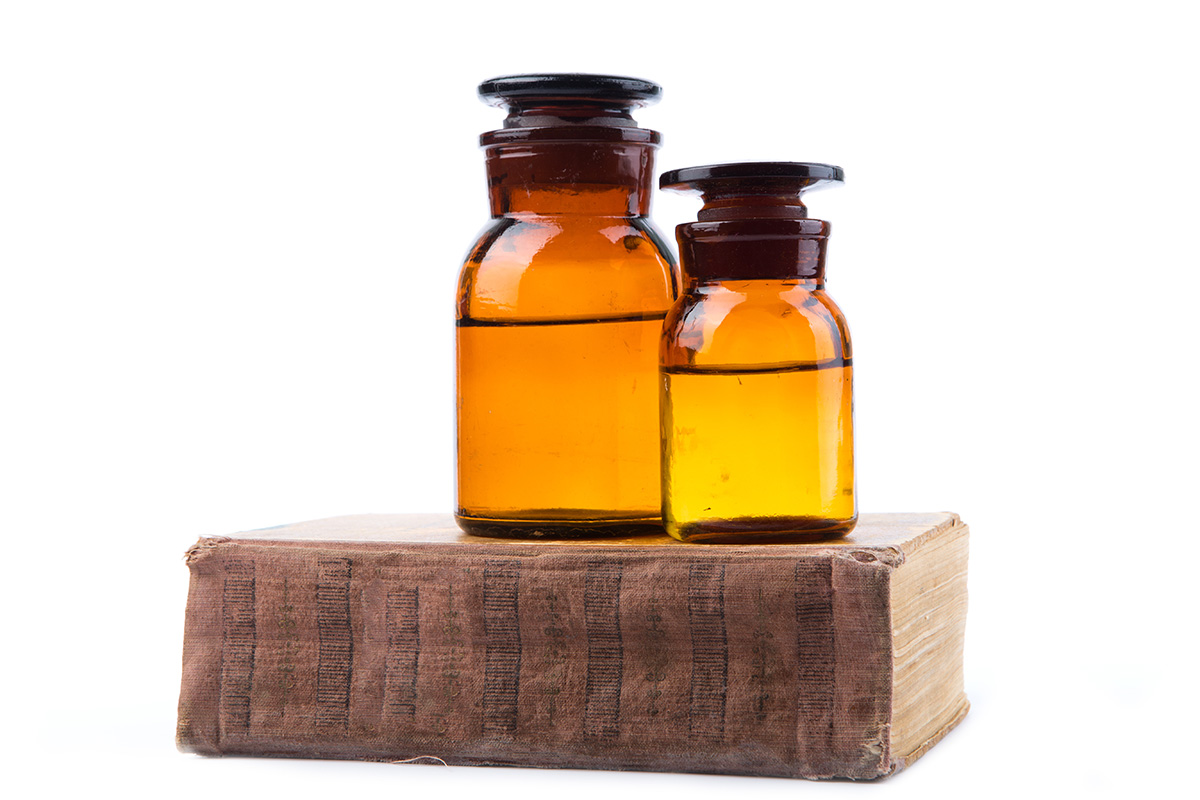
I’ve worn Antique Ambergris for a few days in a row and have detected a multitude of notes that rise from skin. Because this is a solid perfume, you have a tendency to rub it into the skin, but this seems to enhance the wearing experience; you feel the perfume melting into your pores and start to evaporate as it warms. There is a junction of vanilla and a luscious fatty oil best described as opulent. My guess is that the combination of cypress and ambergris help to accentuate this unusually thick and oily smell. It’s rich, sweet, voluminous.
|
Antique Ambergris Notes: Aged ambergris, aged civet, aged cypress, vanilla, coumarin |
And it’s also here that another smell arises that is very hard to pinpoint, akin to walking into a vintage store, and picking up an old hurricane lamp, one that still has an ancient canvas wick inside, a bit of oil on the bottom. That smell is a beautiful thing – it’s a touch of history, something nautical, a nod to days past. It’s a smell that doesn’t have a modern equivalent, and this is why we need more perfumes like Antique Ambergris, which offer that doorway toward a not too distant past when treasures from the deep were a more common occurrence in our daily lives.
To expand, that smell is delightfully archaeological, much like ancient amber, but with a touch of saltwater and mist. It’s slightly reminiscent of cinnamon, even ginger, from days when nearly all ships at sea were at one point in time or another involved in the spice trade. The ships' wood had become imbued with the oils of the Spice Islands almost by accident through so much exposure to these treasures.
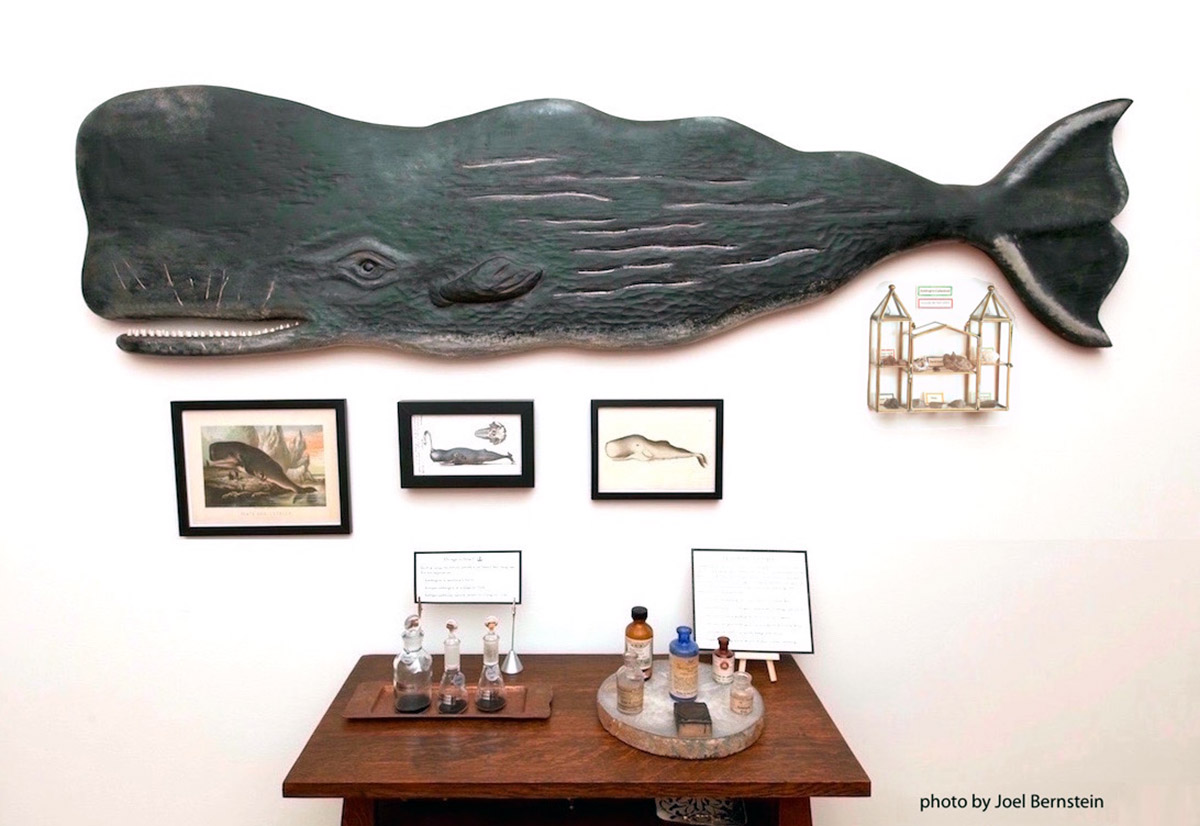
Antique Ambergris is all of these various smells and influences, deriving its sweetness primarily from vanilla and coumarin. The choice of coumarin is wise, since it’s found naturally occurring in so many organic substances, so it cajoles our brain to a shared past, where smells of fresh cut hay floated over the air and everyone knew it was harvest time. The addition of civet, a vital component to any “old world” perfume to give it added oomph and stature, bolsters this feeling of animalic intensity, and joins with ambergris to form a solid, dense, traditional group of base notes. The civet is perfected dosed, as it never reaches too far to become a raging animal… it is decidedly purring along in the background warmth.
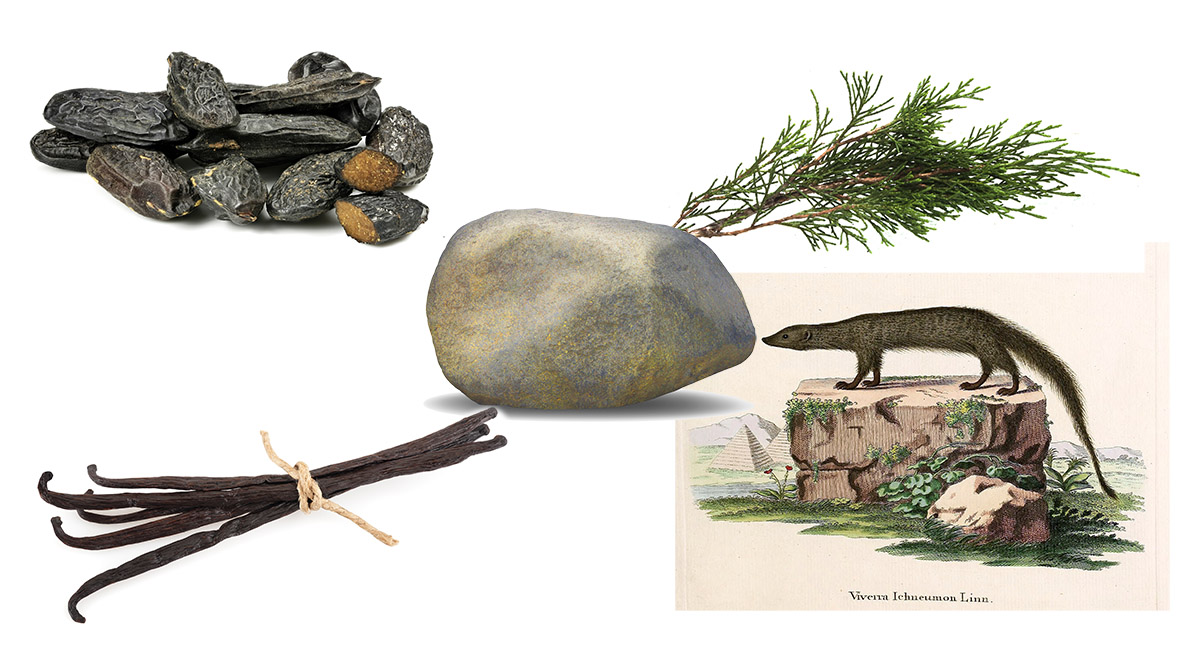
Although I would not want to adulterate the power of this perfume at all, I can say that as a solid perfume, it can play well with others; you can have something sprayed on, and a bit of Antique Ambergris rubbed into the wrists or behind the ears will cooperate with other perfumes. It would be hard to choose one, though, because this fragrance impels you to tip your nose downward to smell repeatedly. It is an addictive, magnetic scent. Only something quite light and citrus or floral would be best as a companion.
This is one of the closer explorations I’ve done with Aftel’s work and it remains such an engaging experiment. What I like so much about her perfumes is that unrepentant celebration of material, without need for obfuscation or mystery. Each accord and waft of smell comes from a respected botanical or organic source, each of which is having its say. Vanilla is beautifully “raw” and unrefined; Ambergris is allowed its woody, saline, fatty shape-shifting. These materials are transformed as they are mixed together and become a wild experiment in historic recreations, but even more so it's pure pleasure to be invited into such an important part of perfume’s past.
 |
John Biebel is an editor for Fragrantica living and working in Boston, Massachusetts, USA. He began writing for the site in 2011. He holds a degree in Fine Art from The Cooper Union in New York City and works as a software application designer and a painter. He began his own indie perfume venture, January Scent Project, in 2015. He has a particular love for perfume history, the chemical composition of perfumes, and interviewing perfumers when he travels. He writes two recurring columns: Perfume in Technology, and Perfumer's Perspective. |

